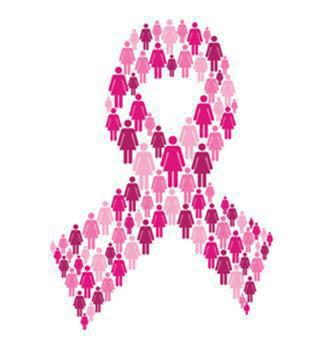You are here
Better aerobic fitness may reduce men’s risk of cancer death
By Reuters - Dec 12,2016 - Last updated at Dec 12,2016
The better a man’s cardiorespiratory fitness, the less likely he is to die from cancer, suggests a long-term study from Denmark.
Cardiorespiratory fitness is a measurement of how well the body uses oxygen during intense exercise. Good cardiorespiratory fitness is well known to be associated with better cardiovascular health, but less is known about its effect on cancer risk, the study team writes in the British Journal of Sports Medicine.
“We understand that many cancers are due to unhealthy lifestyle factors and many cancers are, therefore, preventable,” lead author Dr Magnus Thorsten Jensen told Reuters Health by e-mail.
“There have previously been reports that higher levels of physical activity may reduce the risk of cancer, which is one of the reasons why physical activity is encouraged by the World Health Organisation,” said Jensen, a researcher at Holbaeck Hospital in Denmark.
Jensen and his colleagues analysed data from the Copenhagen Male Study, which recruited middle-aged men who worked in Copenhagen starting in 1970.
The researchers followed 5,131 men who were about 49 years old, on average, and cancer-free when the study began. All of the participants underwent VO2 Max tests along with regular physical examinations at that time.
VO2 Max gauges the maximum amount of oxygen the body can process to make energy during exercise and is measured in millilitres of oxygen per kilogramme of body weight per minute (mL/kg/min).
Over the next 44 years, 4,482 participants died, 1,527 of them from cancer.
Researchers found that for every 10mL/kg/min increase in VO2Max at the baseline test, there was a 17 per cent lower risk of cancer death and an 11 per cent lower risk of death from any cause during the follow up period.
“Our results show that the greater shape you are in, the longer you live and the lower is the risk of dying from cancer,” Jensen said.
That correlation was not seen, however, between self-reported physical activity and risk of cancer death.
“We find that it is not enough just to be physically active, you have to actually be fit,” Jensen said. “Very often, of course, physical activity and physical fitness go hand-in-hand, but our study shows the most important factor is your actual fitness level.”
When the researchers looked at specific cancer types, the risk reduction with greater cardiorespiratory fitness held, except for prostate cancer, where no difference was seen.
Despite its large size and long follow-up, the study is limited by the fact that undetected cancers or other illnesses could be the reasons for some men’s poor fitness levels, the researchers acknowledge.
Having such a long follow-up time allowed the study to exclude men who died within the first 20 years of the study from the analysis, Jensen noted. “This did not change the results, and underlying cancer is, therefore, a very unlikely explanation of our findings,” he said.
“I find our results very optimistic and encouraging,” he said. “Good general fitness can be achieved by everyone and doesn’t necessarily require expensive equipment or major investments.”
There are several biological reasons why someone who is more physically fit would be less likely develop cancer, said Dr Kim Dittus, an oncologist at the University of Vermont College of Medicine in Burlington.
“Someone who’s more fit is likely to be normal weight because exercise can help control weight,” said Dittus, who was not involved in the study.
Overweight and obese men and women are likely to have higher oestrogen levels, she said. Excess weight also influences insulin and insulin resistance. These hormonal differences have been tied to increased risk of different types of cancers.
“Individuals who are more physically active are less likely to have their cancer come back, so they have better cancer outcomes than those who are inactive,” Dittus said.
Related Articles
The number of push-ups a man can do in the doctor’s office may be a good predictor of his risk of developing heart disease in the coming yea
AMMAN — In light of Breast Cancer Awareness Month, nutritionists and fitness professionals share healthy behaviours that help minimise the r
Yet another benefit of eating a diet containing high amounts of wholegrains may be a reduced risk of liver cancer, a new US study suggests.&














